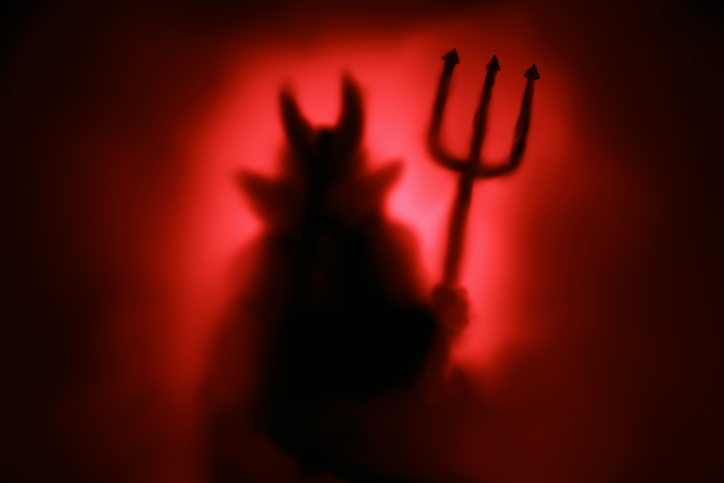For the movement analyst, accurately capturing the salient aspects of the movement event is critical. It is equally vital for the representational painter to capture the subject so that the painted image is recognizable. In both cases, details matter — and this can be a problem.

During a recent gathering of Movement Pattern Analysts, we spent time observing and analyzing the videotape of an interview. We were identifying Posture-Gesture Mergers, and classifying these short sequences in terms of effort and shape. We got hung up on one particularly complex sequence, replaying it over and over again. Unfortunately, the more we looked at it, the less we saw. And what disappeared as a result was the subject’s pattern of movement over time. We lost the whole by focusing too exclusively on a single part.
This brought to mind my painting teacher’s admonition – don’t get absorbed in capturing the details of only one element in the painting. Don’t stare. As soon as you apply color to one object, step back and look at the whole painting to see what else needs to be adjusted.
Stepping back serves as recuperation. Yet we are often so worried about “getting it right” that we are afraid to step back. Then the details become a devilish trap. Find out how to avoid this trap in the next blog.
